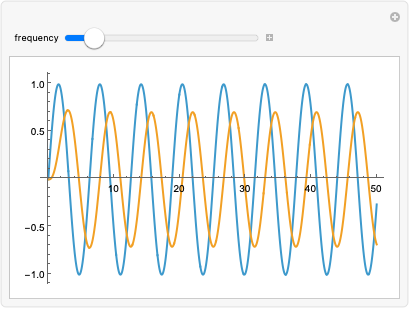

A good "all rounder," the Butterworth filter is simple to understand and suitable for applications such as audio processing. Butterworth ensures a flat response in the passband and an adequate rate of rolloff. Many other types are available, but 90% of all applications can be solved with one of these three. The most common filter responses are the Butterworth, Chebyshev, and Bessel types.
#ANALOG FILTER DESIGNER HOW TO#
The following text explains how to transfer the tables of poles found in many text books into component values suitable for circuit design. As long as this real part is negative, the system is stable. The pole's real part "a" indicates how the filter responds to transients, and its imaginary part "jb" indicates the response over frequency. The thought of a transfer function with infinite gain may frighten nervous readers, but in practice it isn't a problem.

Poles usually occur as pairs, in the form of a complex number (a + jb) and its complex conjugate (a - jb). These values, which establish the performance of each type of filter over frequency, are known as the poles of the quadratic equation.

Anyone who remembers high school math will note that the above expression equals zero for certain values of "s" given by the equation:Īt the values of "s" for which this quadratic equation equals zero, the transfer function has theoretically infinite gain. Substituting values for a, b and c determines the filter response over frequency. Thus, the denominator of the transfer function for any second-order lowpass filter is as 2+ bs + c. Simple RC lowpass filters have the transfer function:Ĭascading such filters complicates the response by giving rise to quadratic equations in the denominator of the transfer function. Consequently, this discussion employs a minimum of math-either in translating the theoretical tables into practical component values, or in deriving the response of a general-purpose filter. Filter design from theoretical equations can prove arduous. Unfortunately, filter design is based firmly on long-established equations and tables of theoretical results. The Theory of Analog ElectronicsĪnalog electronics has two distinct sides: the theory taught by academic institutions (equations of stability, phase-shift calculations, etc.), and the practical side familiar to most engineers (avoid oscillation by tweaking the gain with a capacitor, etc.). This article clears a path through the brush for the practical engineer and unravels the mystery of filter design, enabling you to design continuous-time analog filters quickly and with a minimum of mathematics. The countless pages of equations found in most books on filter design can frighten small dogs, and digital designers. You never get to see him, even with an appointment, and you call him "Sir." The guru of analog engineers is the Analog Filter Designer, who sits on the throne of his kingdom and imparts wisdom. Known throughout the land for their esoteric expertise, this is the tribe of the Analog Engineers, who live in the farthest regions of the left half Plains, past the jungles of Laplace. Included are the derivation of the equations and the circuit implementation.Ī small tribe, in the dense wilderness, is much sought after by head hunters from the surrounding plains. It starts by covering the fundamentals of filters, goes on to introduce the basic types like Butterworth, Chebyshev, and Bessel, and then guides the reader through the design process for lowpass and highpass filters. This article shows how to design analog filters.


 0 kommentar(er)
0 kommentar(er)
